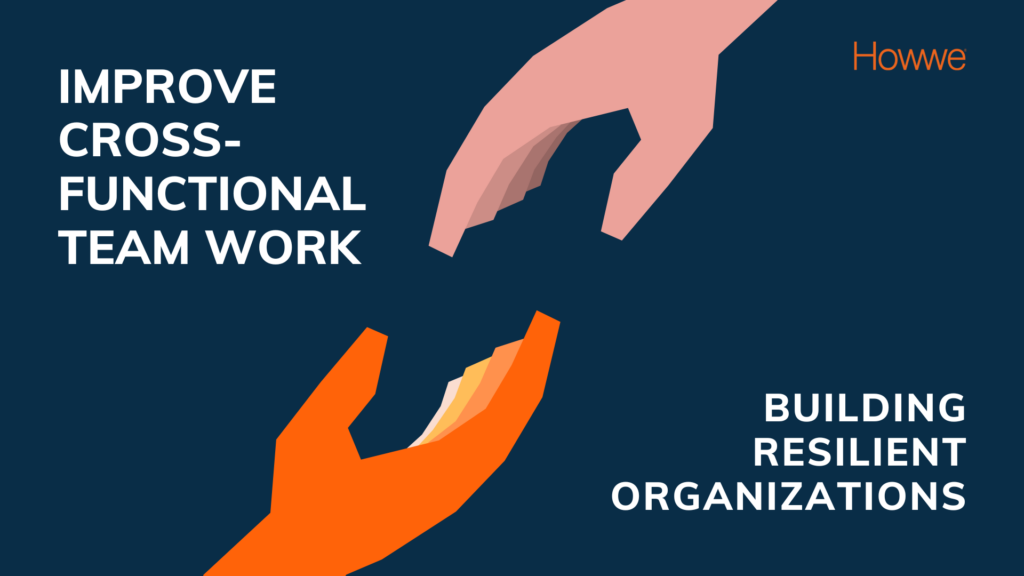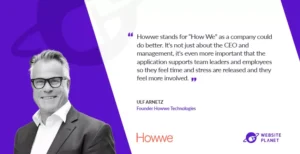Cross-functional collaboration is the process of bringing together individuals from different functional areas of an organization to work together towards a common goal. It is an essential element for success in many organizations, But as anyone who has ever been part or led a cross-functional collaborations – it is very cumbersome. However, with the right approach, cross-functional collaboration can be a powerful tool for achieving organizational goals and delivering outstanding results while facilitating intra-team communication.
Cross-functional collaboration is challenging due to the complexity of handling several separate stakeholders while sustaining alignment and clarity. Other challenging factors include communication breakdowns, divergent goals, resource constraints, differing work styles, lack of trust, organizational silos, and resistance to change. The most common challenge for cross-functional leaders is that employees prioritize their wage setting manager over cross-functional work. Learn how to tackle these challenges as a cross-functional leader in this article.
Template for Cross-Functional Leaders to Improve Transparency and Drive Better Outcomes
Clarity and alignment in between stakeholders is the key factor when conducting cross-functional work. That is why we have developed a template with questions that cross-functional leaders can answer to create transparency, clarity and align with their team:
- What is the measurable goal? (named MIG – Most Important Goal – in the Howwe way of working)
- What is the purpose of the cross-functional team?
- Are there any budget and deadlines to consider?
- How often will the follow-up take place? Are the expectations that the team meets physically or online? (on which day/frequency does the team meeting take place?)
- Who are the members? Why?
- What other cross-functional teams are there in the organization?
- What are the expectations of the members? (anchor this with the employees’ salary-giving manager to make it crystal clear to all stakeholders)
- A member should be able to spend at least X hours/week on cross-functional work
- What mandates/decisions can be made by the leader/team? (The leader can make decisions on investments up to X amount)
- What kind of activities/actions are dealt with in the team? (and even more importantly: which actions are not handled by the team)
- What kind of questions are not dealt with in the team (e.g. out in the field or on the sites)?
- Other challenges that may complicate cross-functional work, such as power dynamics (“why do they get to work on activity X and not me?”) or internal politics.
Overcoming the challenges connected to cross-functional collaboration requires clear communication, shared goals, and strong leadership to foster trust and respect among team members. Effective communication, including active listening and clear language, is crucial, along with establishing clear roles and responsibilities for each team member. Finally, strong leadership is needed to promote collaboration, resolve conflicts, and adapt to new circumstances. Using the template with questions above will hopefully resolve most of them and create the transparency and clarity needed to succeed.
Enterprise execution software like Howwe provide a centralized platform and a suite of features that facilitate cross-functional collaboration and drive better business outcomes. Reach out and we’re happy to tell you more.





